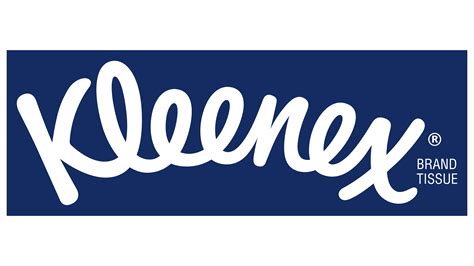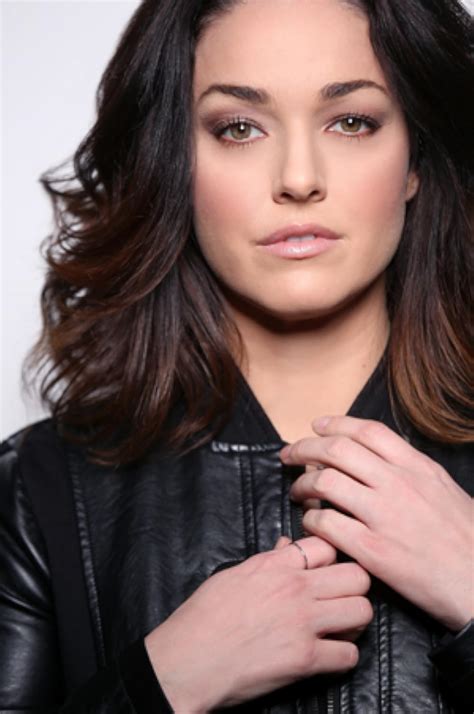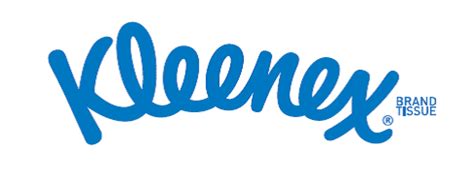Kleenex Care Pack TV commercial - A Note
Advertisers
Advertisers of the Kleenex Care Pack TV Spot, 'A Note'
Kleenex
Kleenex is a brand of facial tissue, hand towels, and toilet paper that has been around since 1924. It is owned by the consumer products company Kimberly-Clark, which is based in the United States. In...
What the Kleenex Care Pack TV commercial - A Note is about.

Kleenex Care Pack has released a new TV spot called "A Note", which showcases the brand's commitment to emotional connection and empathy. The ad features a mother who is seen folding a Kleenex Care Pack before placing it in her daughter's backpack. As she does this, she writes a heartfelt note on the tissue.
While the mother is away from her daughter, the latter opens her backpack and finds the Kleenex and note. She begins to read the words and is visibly moved by her mother's words. The note expresses the mother's love and support for her daughter, and it's clear that the gesture has provided emotional comfort to the young girl.
The Kleenex Care Pack TV spot utilizes simple, yet powerful storytelling to highlight the brand's focus on empathy and its ability to provide emotional comfort during times of distress. The ad encourages viewers to use Kleenex Care Packs as a means of providing emotional support to loved ones in their time of need.
Overall, "A Note" is a heartwarming and emotional ad that demonstrates the power of a simple gesture and showcases Kleenex Care Pack's commitment to emotional connection and empathy.
Kleenex Care Pack TV commercial - A Note produced for Kleenex was first shown on television on January 19, 2016.
Frequently Asked Questions about kleenex care pack tv spot, 'a note'
Videos
Watch Kleenex Care Pack TV Commercial, 'A Note'
We analyzed TV commercials placed on popular platforms and found the most relevant videos for you:
Actors
Actors who starred in Kleenex Care Pack TV Spot, 'A Note'
Agenices
Agenices of the Kleenex Care Pack TV Spot, 'A Note'
JWT
JWT, also known as J. Walter Thompson, is an advertising agency headquartered in New York City. The company was founded in 1864 by James Walter Thompson, and it is considered one of the oldest and mos...
Mindshare
Mindshare is a global media agency that helps brands to grow and thrive in the fast-paced and ever-changing world of advertising. Founded in 1997, the agency has a strong presence in more than 80 coun...
VML
VML is a global communications agency that specializes in creating impactful and innovative marketing campaigns for its clients. Founded in 1992, VML has grown to become one of the largest full-servic...
Products
Products Advertised
TV commercials
Similar commercials

















